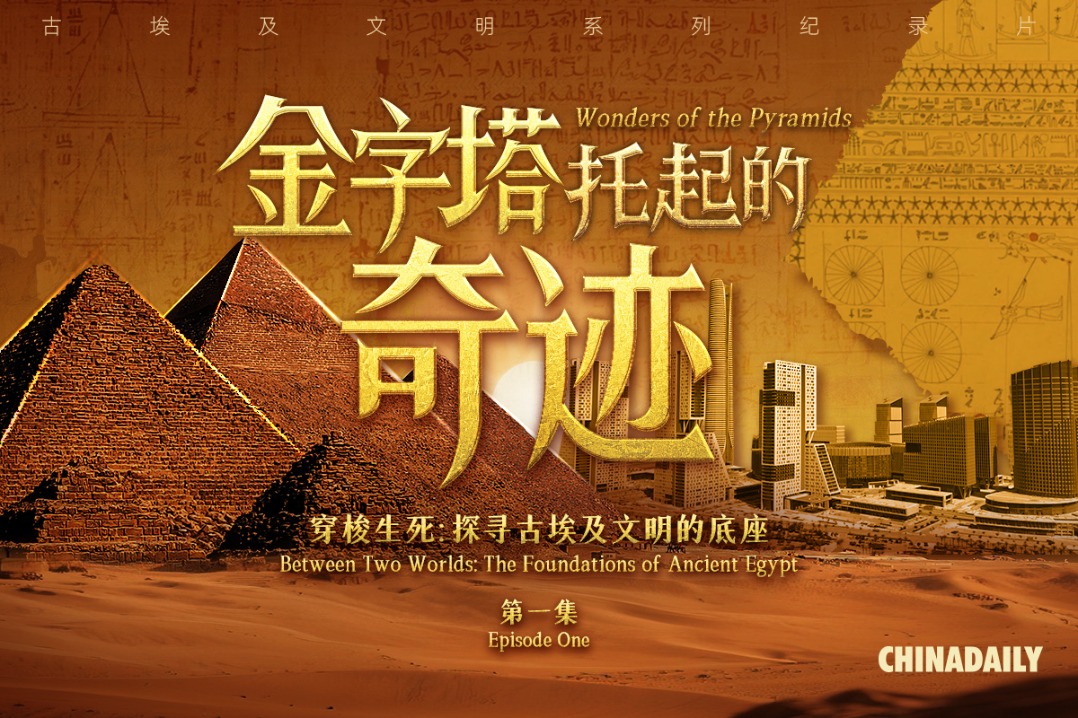Mainland, Macao send two satellites to orbit


Their missions also include providing basic data for resource surveys and deep mineral development, and obtaining high-energy electronic information on the inner radiation zone over the South Atlantic.
The scientific data will be used to improve the operational safety of spacecraft, space weather forecasting and research, and studies on the lithospheric magnetic field and the origin of the geomagnetic field, the administration said in a news release.
The spacecraft are the world's first scientific satellites to be put into a near-equatorial orbit to study the space environment and geomagnetic field, specifically the South Atlantic Anomaly, from outer space.
The South Atlantic Anomaly is an area with a significantly weakened geomagnetic field and associated increased radiation activity. Its center lies off the coast of Brazil.
Researchers from the mainland and Macao have worked together in recent years to take advantage of the nation's spacecraft expertise to boost their studies and promote spaceflight knowledge in Macao.
In late December, the Macao Student Science Satellite 1, a 12-kilogram mini satellite, was released into orbit by China's Tianzhou 5 cargo spacecraft. It is tasked with helping students in Macao learn about Earth imaging, radio communication and other spaceflight activities.
























